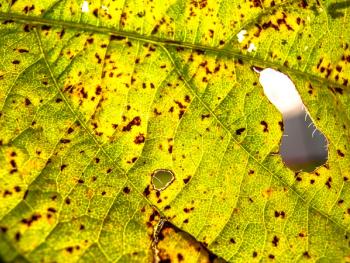
A study from Brazil explored how to use hyperspectral imaging and machine learning to determine the severity of Asian soybean rust.

A study from Brazil explored how to use hyperspectral imaging and machine learning to determine the severity of Asian soybean rust.


In this article, the editors of Spectroscopy present an overview of the latest trend in Raman spectroscopy.

This year Analytica, which is held every two years in Europe, will focus on laboratory innovation and sustainability.

A recent study published in The Astrophysical Journal explored two new substructures of the inner Milky Way, Shakti and Shiva, unearthing more information into the formation of the galaxy.

The instrument manufacturer recently made updates to its Raman library, in addition to launching two new analyzers.

NASA’s X-ray Imaging and Spectroscopy Mission (XRISM) uses spectroscopy to study the hottest regions of the universe.


In a recent study, researchers from China investigated the effects of incorporating environmental markers into toxicity prediction models.

A recent study explores the use of another fluorescent probe that can be used in targeted protein degradation.

This article highlights the use of nuclear magnetic resonance (NMR) spectroscopy to characterize biomarkers of metabolic syndrome at different stages of progression.

In a recent study, spectroscopy-based detection protocols were used to detect Covid-19.

Heavy metals in soil remains one of the most pressing issues in environmental conservation efforts. According to the authors of a new study, laser-induced breakdown spectroscopy (LIBS) can contribute to the solution.

Raman spectroscopy has not been used in the electroceramics industry extensively. However, according to the authors of this study, a shift is underway to change that.

In a recent study from Cairo University, researchers examined fixed-dose combination drug formulations using chemometrics and artificial neuron networks (ANNs).

A recent study from the Southern University of Science and Technology proposes a new Raman spectral preprocessing scheme based on self-supervised learning (RSPSSL).
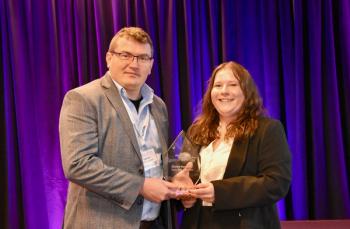
Nominate a candidate for the 2024 Emerging Leader in Molecular Spectroscopy Award!
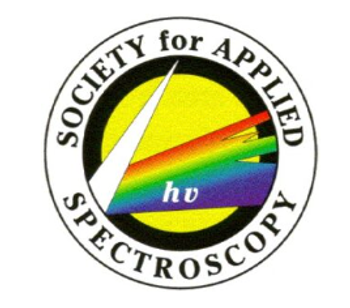
The Gold Medal Award was established in 1952 to recognize outstanding contributions to the field of applied spectroscopy.

Among the products included in this estimate of the industry over the next seven years are fluorescence microarray scanners.

Pittcon highlighted how analytical scientists are exchanging research to tackle some of the world’s most pressing problems.
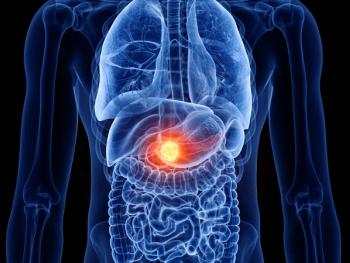
A recent study from Jagiellonian University examined how spectroscopic techniques can aid in the detection of pancreatic cancer.

Peter M. Carlson will take over as CEO of Spectral AI, replacing Wensheng Fan.

To study the effect of various extractants on the structure of peat humic acid, peat humic acid was extracted using NH3·H2O, Na2CO3, NaHCO3, and Na2SO3 via alkali-extraction and acid-precipitation methods.
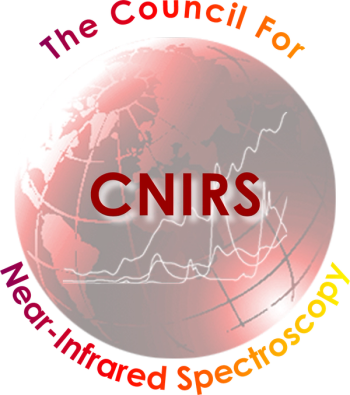
The IDRC 2024 will feature an array of session topics and short courses, highlighting the latest advancements and applications in diffuse reflectance spectroscopy.

The award is presented annually at Pittcon to an industrial spectroscopist who has made significant contributions to the field of vibrational spectroscopy while working in industry.

In a recent study from Optica, researchers from Kyoto University attempt to resolve the limitations of traditional infrared (IR) spectroscopy by using quantum entangled photons to conduct broadband IR spectroscopy.

Industrial scientists, in the spectroscopy community, scour the literature and scientific conferences to buy the technology they need.

This award is given annually to a researcher who has demonstrated outstanding achievements in the field of spectroscopy.

The CEO of the LIMS provider, spoke about the company’s strategy during a press conference at Pittcon in San Diego, California.

A research team from Marquette University recently proposed a new machine learning model that could improve cancer diagnosis by analyzing the diffuse reflectance spectroscopy (DRS) better.